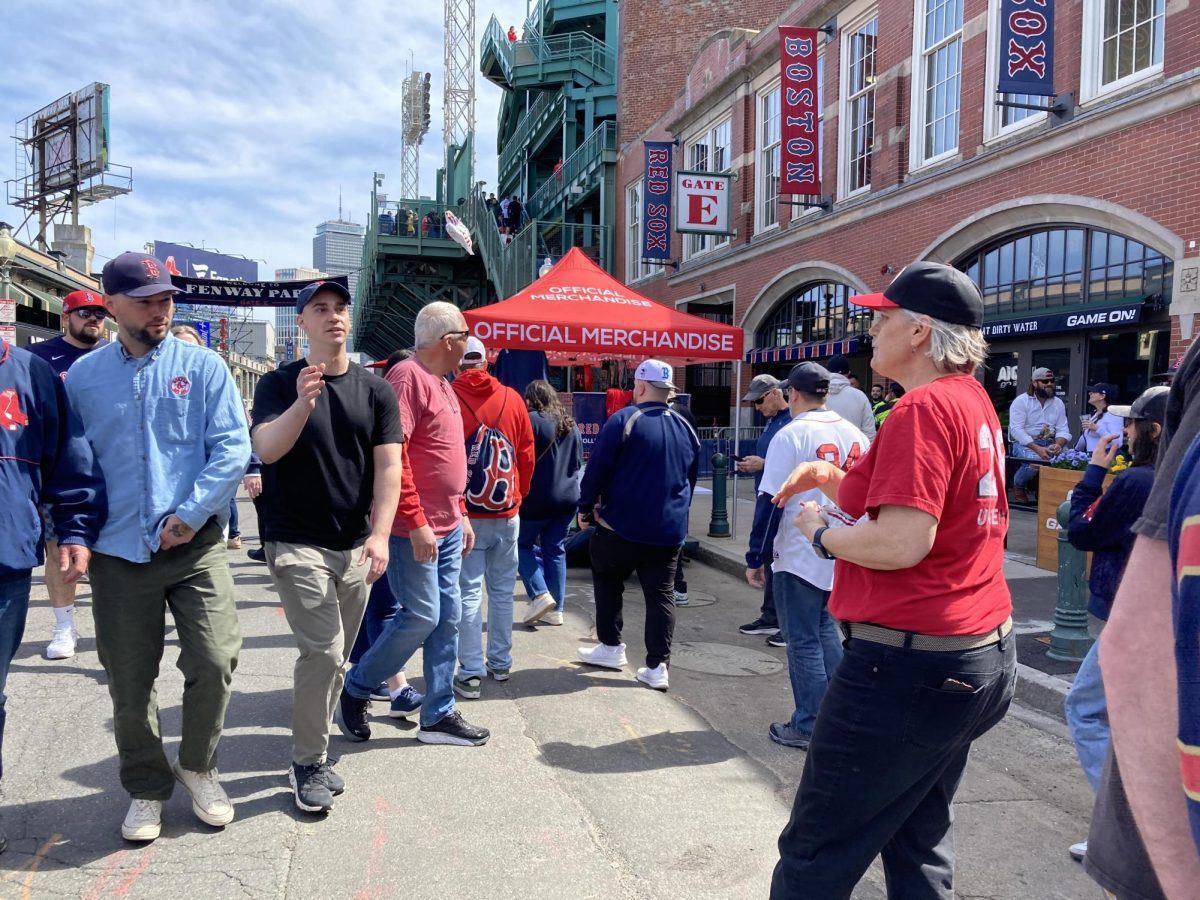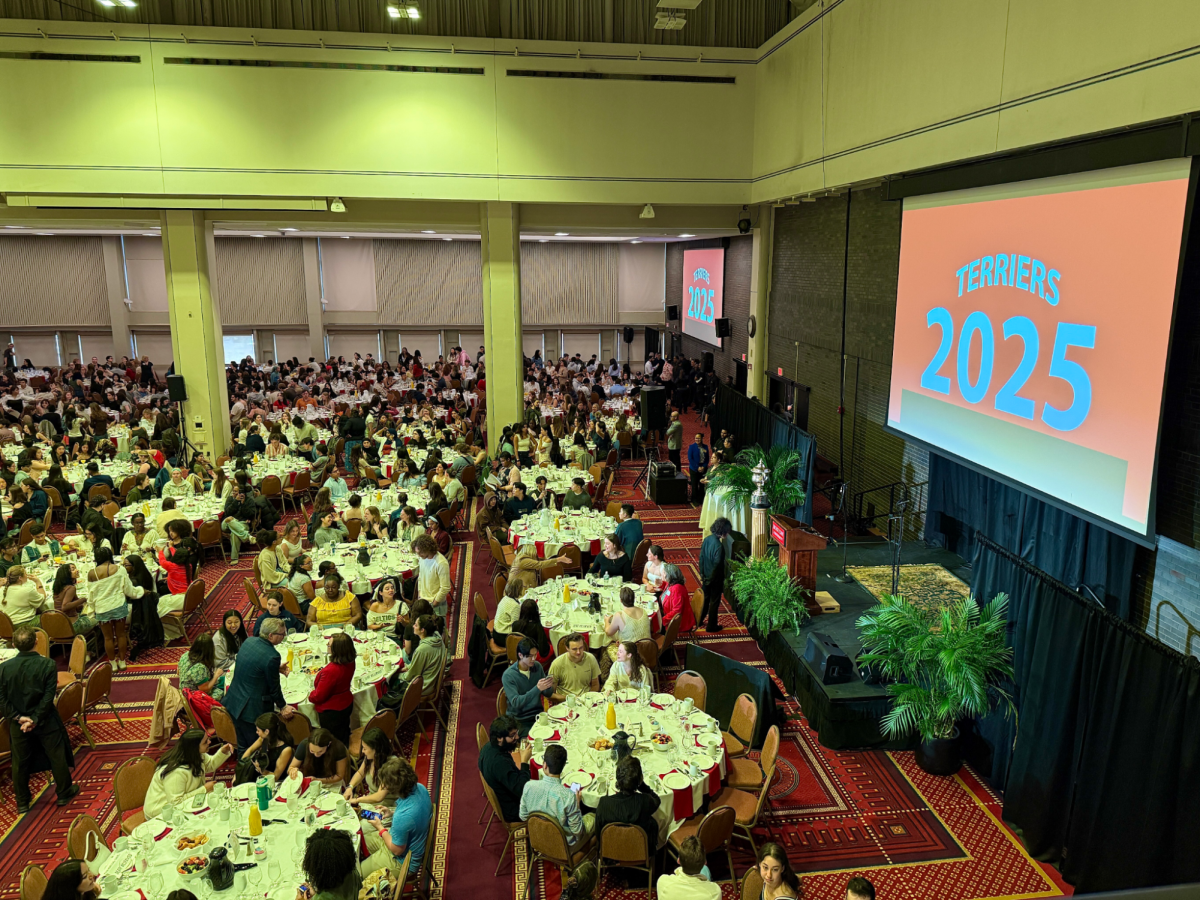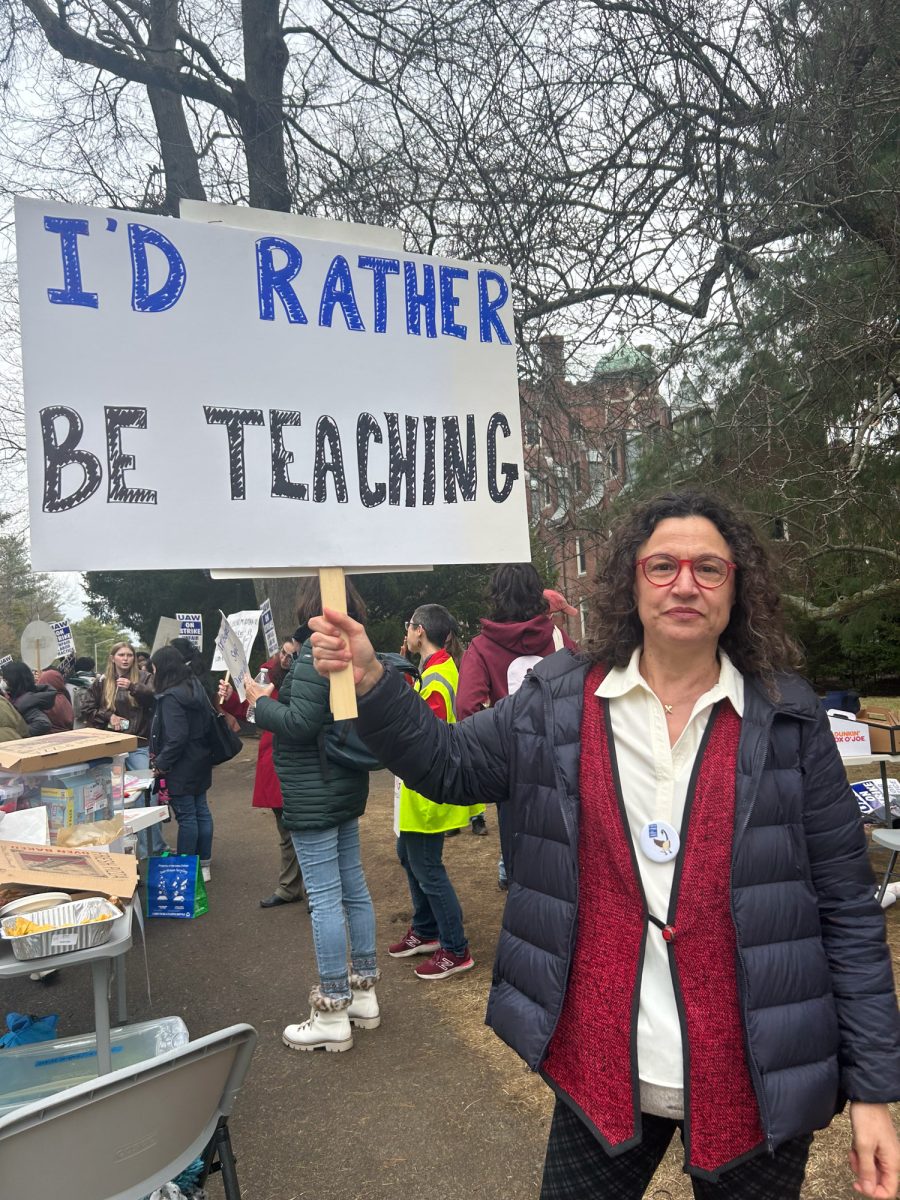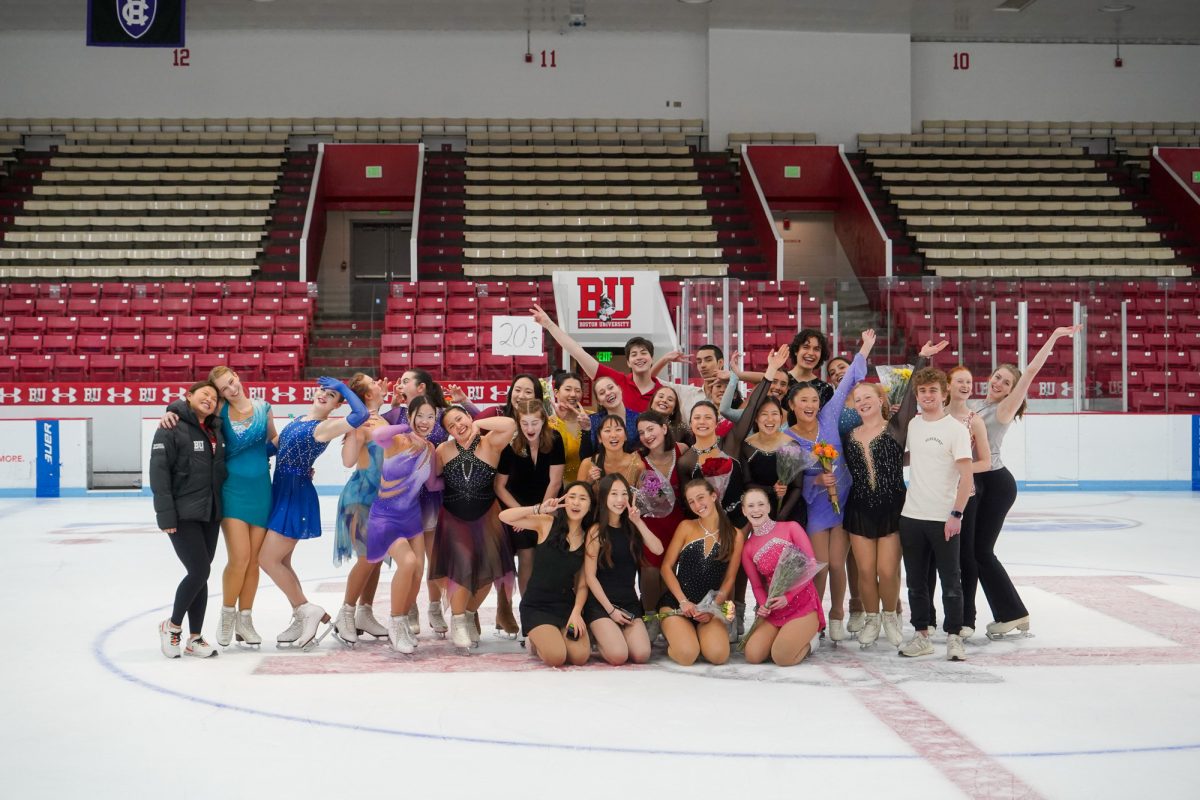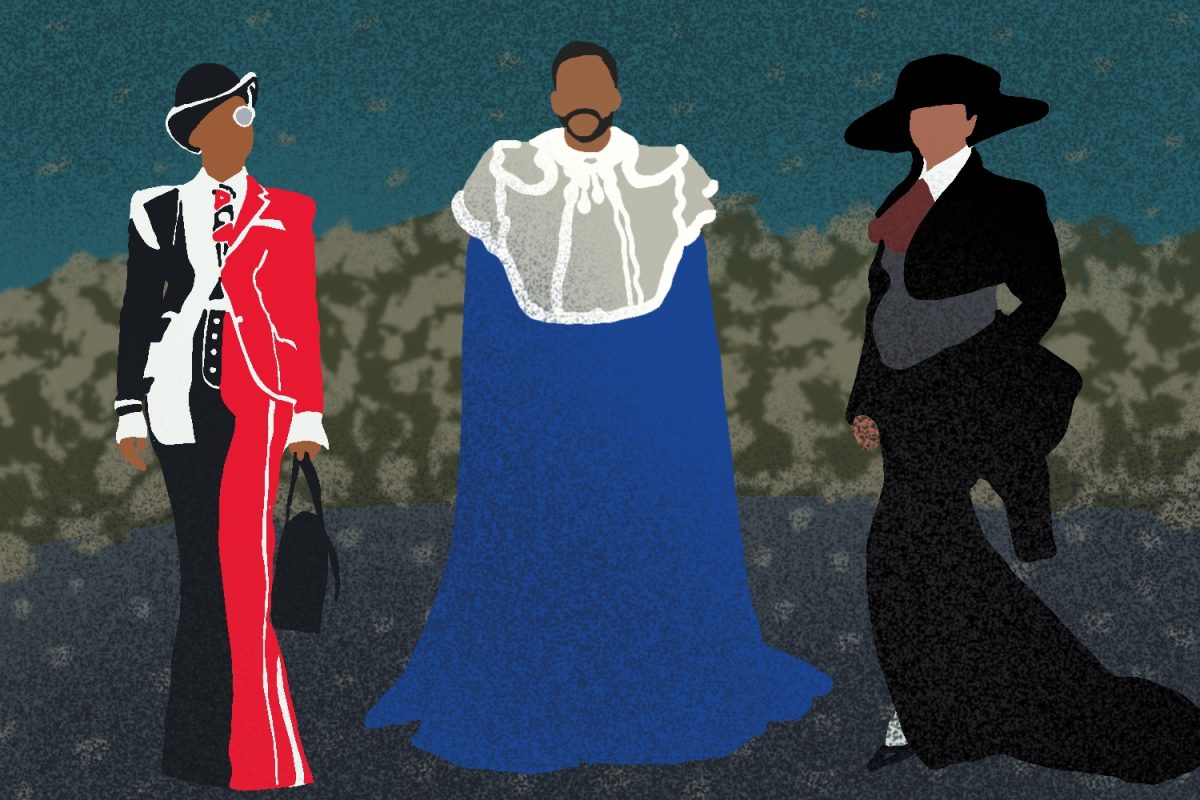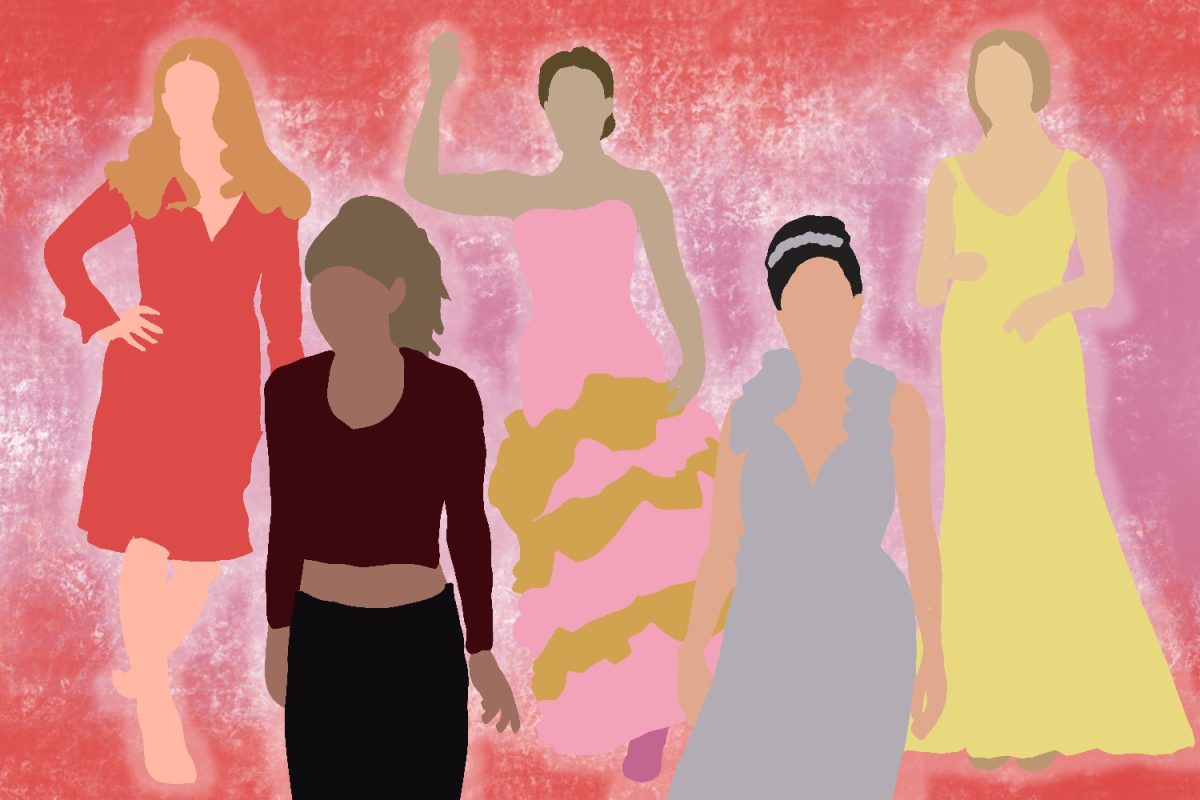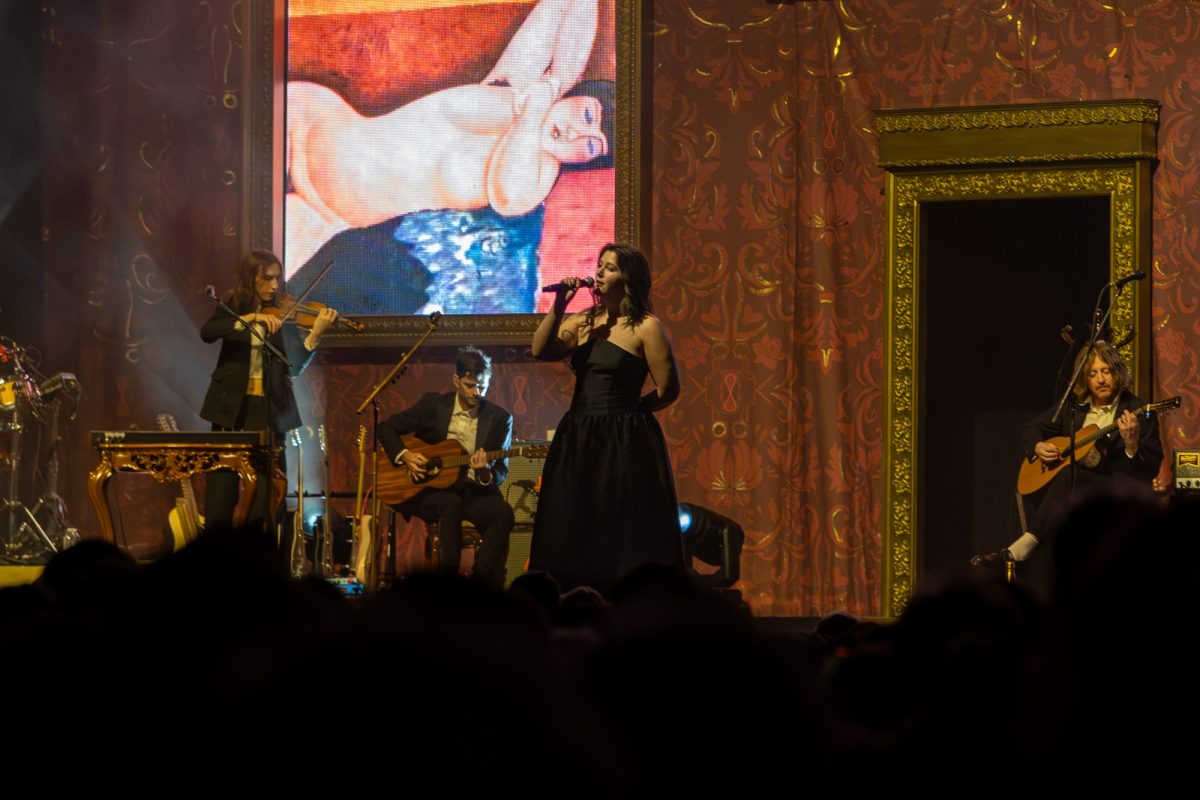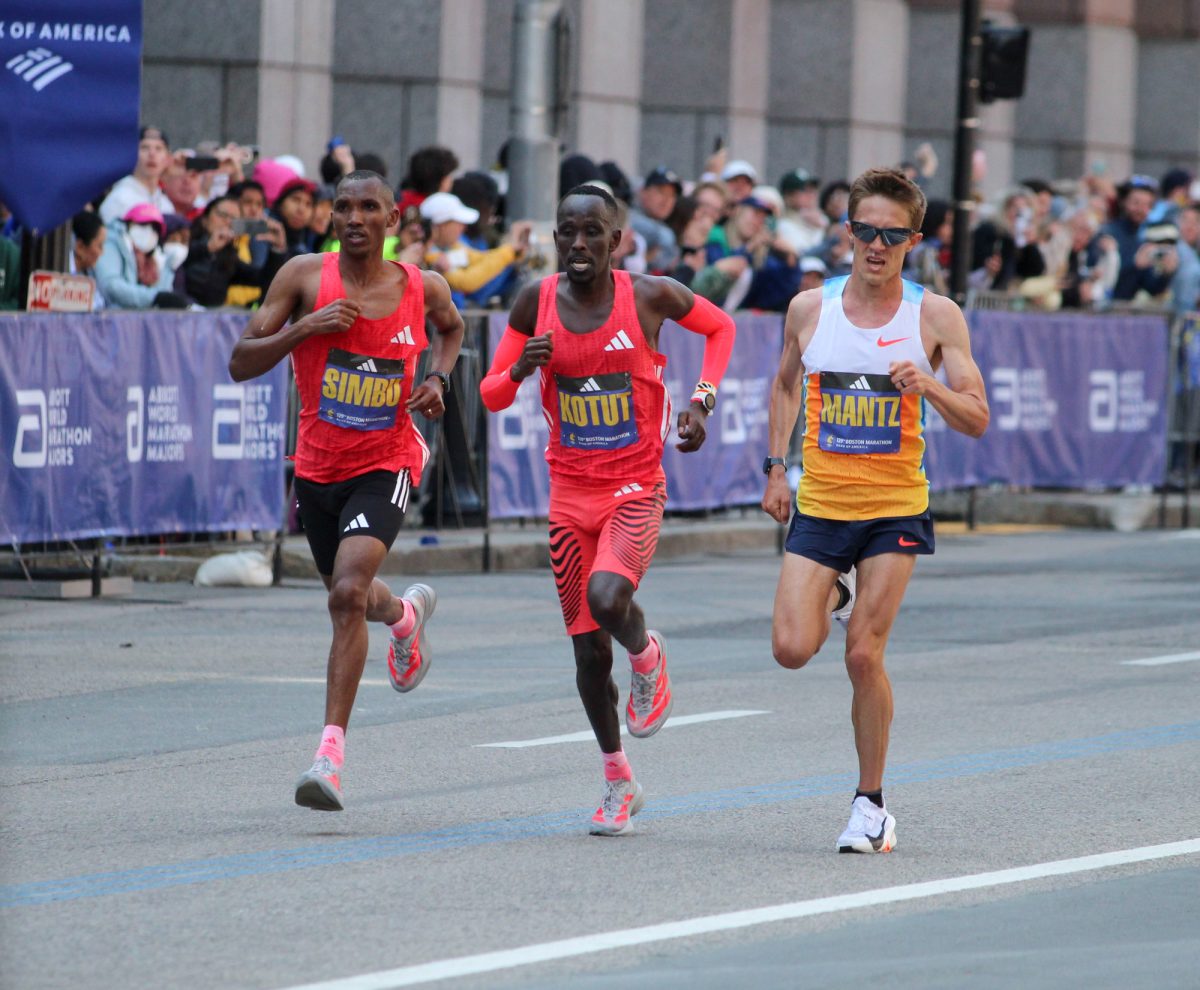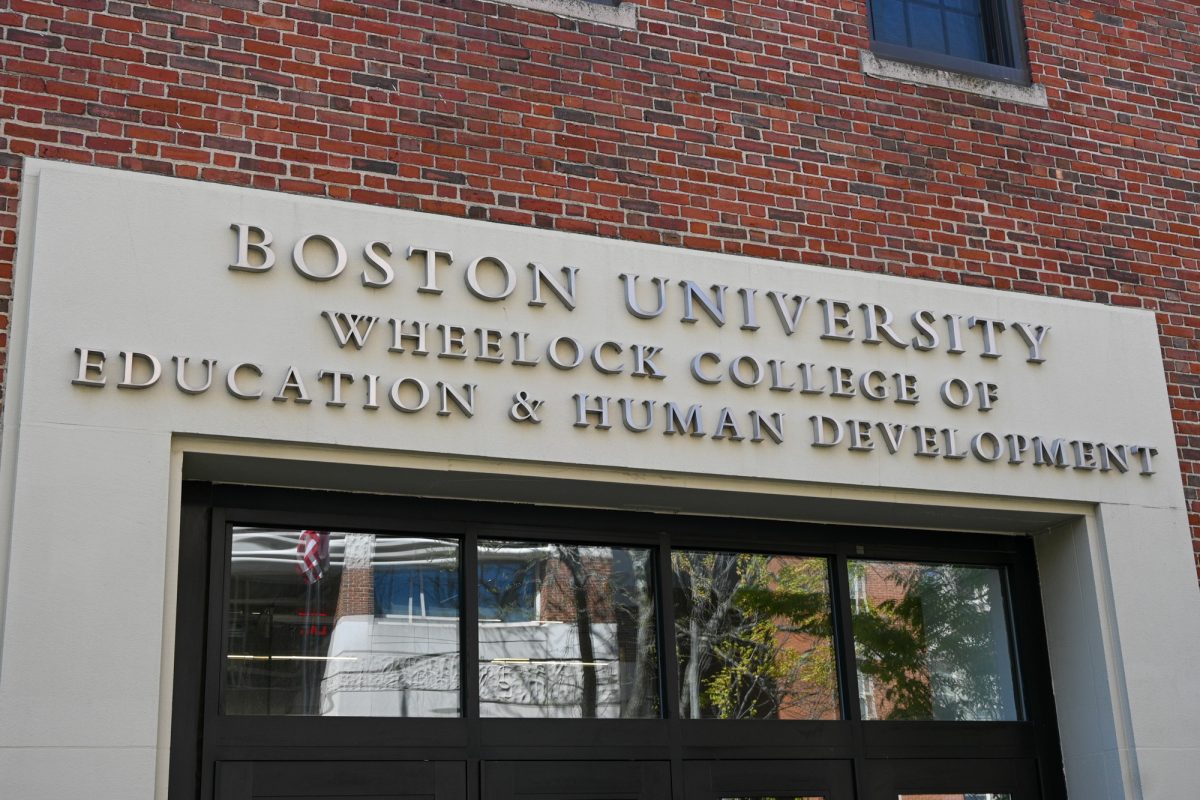n After the publication of “New BU Group has different set of rules” (April 4, p.1), several people told me about sightings they had of other students reading the article and laughing, “An anarchist organization? Don’t they know that they are contradicting themselves?”
Despite people’s comfort with dismissing anarchy as a state of disorder and chaos in which no government exists, for many this is just not true. I was hoping the article about the new Boston University Anarchists and Anti-Authoritarians would address this issue, as it is, in my view, one of the fundamental aims of many in the group to deal with the misconception that anarchy is just a means of violently tearing down the government. The definition of anarchism, as anarchist collectives in cities worldwide see it, is “a theory that regards the absence of all direct or coercive government as a political ideal and that proposes the cooperative and voluntary association of individuals and groups as the principal mode of organized society.” This definition is provided by a source as accessible as dictionary.com.
Organization is perhaps the most important part of anarchist thought. Only anarchists tend to think governing organizations should be nonhierarchical, community-based organizations: what can be called direct or real democracy. Everyone has an equal voice and opportunity to participate in civic activity regardless of class, race, gender or sexuality. Decisions are made by consensus, so that when a community moves forward, it does so together, without leaving a rather large, discontent majority behind. “Anarchist organization” is synonymous with “community organization” that seeks to eliminate all forms of oppression within that structure, so that governments are really governments of the people, not just one rich person speaking for hundreds of thousands.
I’ve had conversations with many who think this is an ideal governing structure, capturing the essence of what democracy really is, yet they never associate it with anarchist thought.
I was also upset the story did not even reflect the attendance at one of our meetings, and instead was based almost entirely on an interview with one group member. It was mostly neglected that this is also an activist organization interested in campus improvement and collaboration with other organizations and activity related to social justice. We are interested in doing so such that BU doesn’t get to legitimize our activities or decide whether or not they think we should exist.
Our group already has several participants and is planning actions, yet the photographic representation of our group is a picture of one member making a bracelet in Warren Towers. It is no wonder movements of anarchists suffer from absurd misconceptions about who they are and what they stand for.
Andie Gersh
UNI ’07

